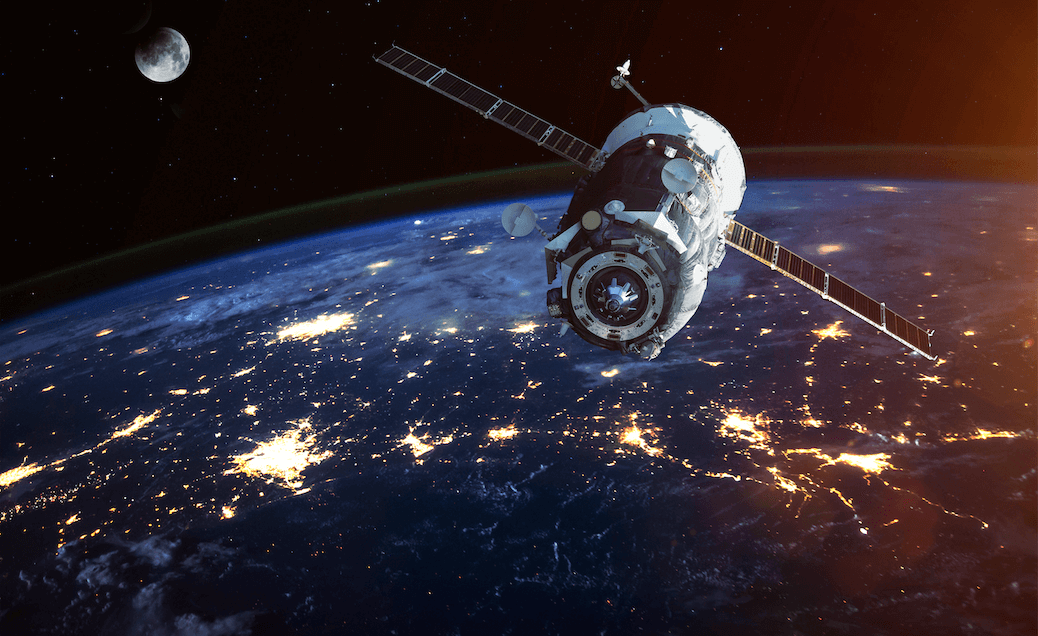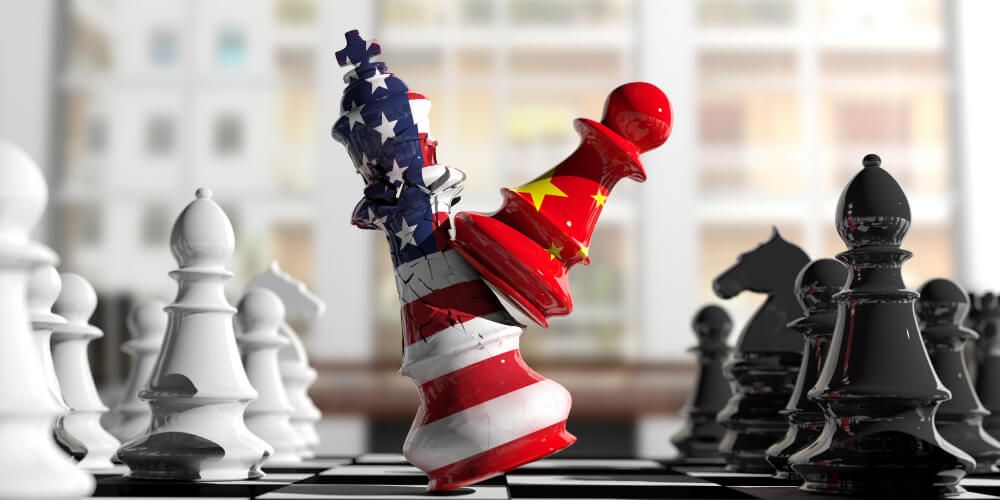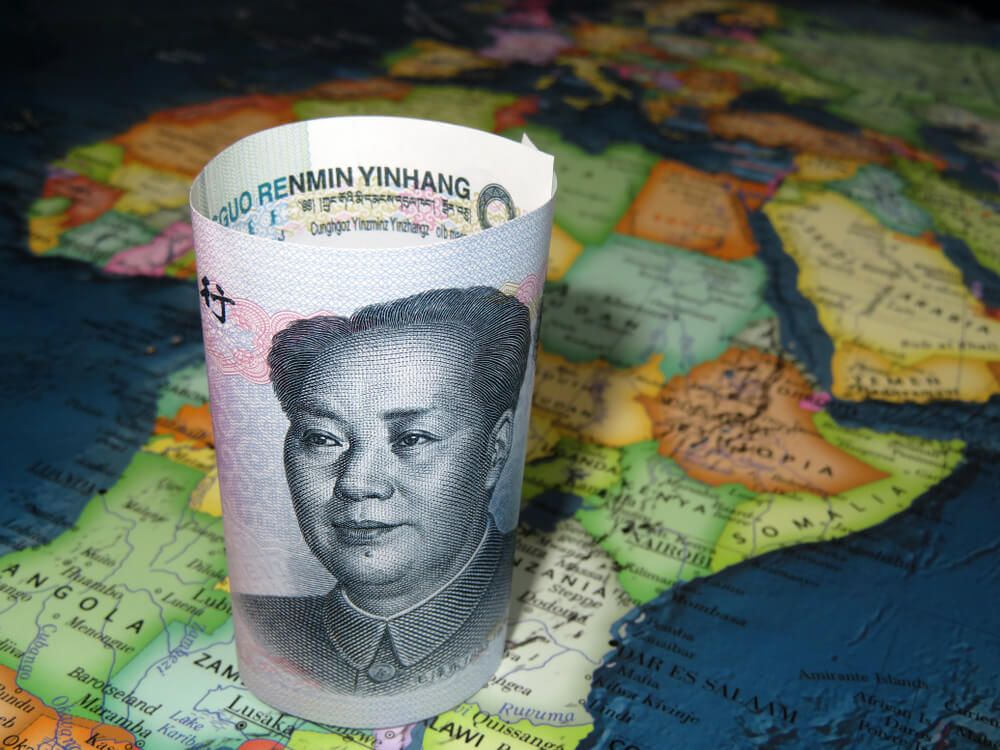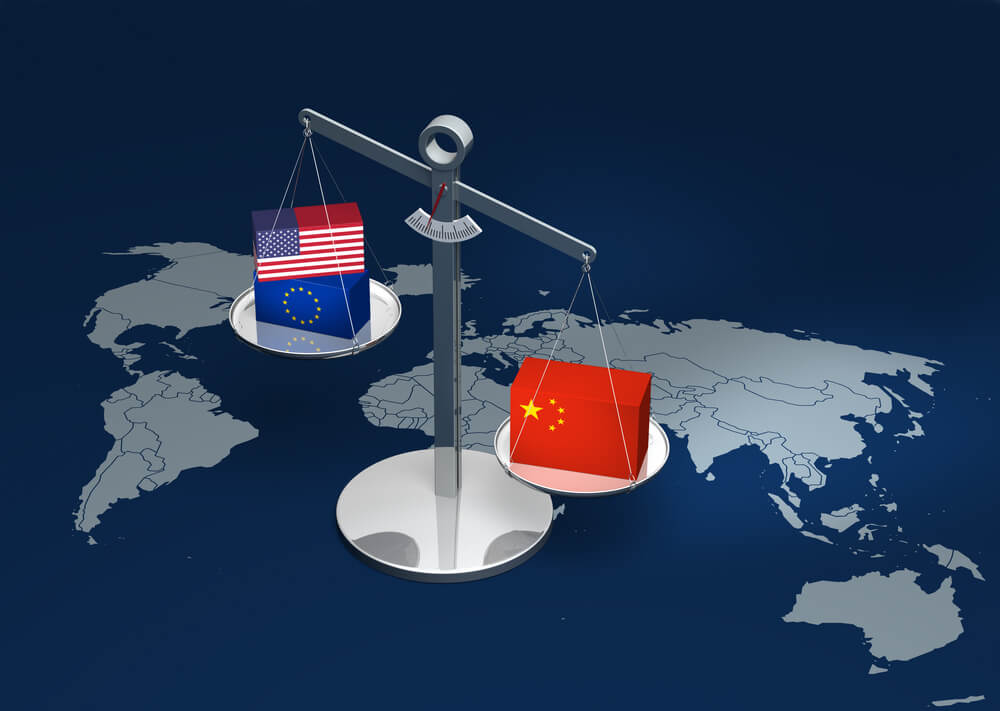In order to understand the impact of Sino-American tensions on India, we must first remember that India itself has experienced a marked deterioration in its relations with China. Not only did the skirmishes along the Sino-Indian border in spring 2020 cause the deaths of twenty soldiers, but they also completely undid nearly three decades of confidence-building efforts between New Delhi and Beijing. The Indian Armed Forces have already begun strengthening their defense capabilities along the 3,000-kilometer-long line of actual control (LAC) between the two countries, but they still face pressure from the People’s Liberation Army (PLA). The situation on the ground is volatile, as demonstrated by the latest skirmishes between Indian and Chinese soldiers in December 2022.
The worsening of tensions along the LAC has encouraged India to consolidate its bilateral cooperation with the United States. In late 2022, the two countries’ armies took part in a high-altitude training exercise in Uttarakhand, 100 kilometers from the LAC, which Beijing promptly condemned. On the minilateral level, since 2020, India has engaged more openly in the Quad (a strategic security dialogue in which it participates alongside the United States, Japan, and Australia) in order to counter Chinese initiatives in the Indo-Pacific.
Rapprochement between Washington and New Delhi
The United States, for their part, have stepped up their efforts to convince India to align itself more closely with them. For example, in mid-2022, they signed a contract to entrust the maintenance of a US Navy ship to a shipyard in Chennai, illustrating the US’ desire to contribute toward the development of the Indian defense industrial and technological base, a major objective of the Modi government. Similarly, in the technological domain, major US political and economic actors are sending promising signals. One of the main goals of the Modi government is to take advantage of Sino-American tensions to attract multinationals pulling out of China. In line with this goal, Apple has turned to India to diversify its production base, announcing in October 2022 that it would start manufacturing the iPhone 14 there.
Finally, in January 2023, the two countries launched the US-India Initiative on Critical and Emerging Technologies in order to encourage cooperation in the key sectors of defense, space, biotechnology, advanced materials, rare earth processing technology, and semiconductors. With regard to semiconductors, Washington has clarified that the Initiative is focused on “supporting the development of a semiconductor design, manufacturing, and fabrication ecosystem in India”. On this matter, Indian and American objectives concerning the localization of production are more complementary than competitive, as India is targeting the production of “mature” semiconductors (65–28 nanometers), while the United States is targeting more advanced generations.
Persistent US-Indian tensions
While their shared distrust of China has prompted India and the United States to strengthen their ties, it has not reduced the latent tensions in their bilateral relations. The two governments have recriminations against one another that are serious, even if they remain discreet. The Biden administration is exasperated by New Delhi’s decision to cultivate friendship with Moscow and to import massive amounts of oil from Russia. Meanwhile, the Modi government is irritated by the criticisms made by certain members of the Biden administration and the US Congress regarding the deterioration of Indian democracy.
Finally, true to its tradition of strategic autonomy, India is reluctant to align itself entirely with the United States, despite American requests. India considers that such an alignment would pose two major risks: first, that of becoming increasingly dependent on the United States; and second, that of being a pawn in the US’s anti-China strategy, thus becoming increasingly exposed to the PLA’s pressure in border areas. India is thus maintaining its policy of strategic autonomy, making room for the strengthening of relations with the European Union (EU).
Relations between India and the European Union
Indian leaders have sought rapprochement with the EU since 2020. The series of summits and high-level visits between the two parties testify to a common desire to relaunch the partnership and to aim for ambitious goals. Brussels and New Delhi thus resumed negotiations on a trade and investment agreement in 2021 and established a Trade and Technology Council in 2022 (previously, the United States was the only country to have such a Council with the EU). The two sides have also signed a Connectivity Partnership targeting the digital, transport, and energy sectors, making India one of the EU’s key partners in its efforts to find a role in the Indo-Pacific.
In short, while it still faces pressure from the PLA in border areas, India is taking advantage of the growing polarization between major international players. All of these players—the United States and the EU on the one hand, and Russia and even China on the other—are attempting to curry favor with New Delhi. India is exploiting this situation to the fullest, wagering that the United States and the EU are so desperate to increase their cooperation with India that they will put up with its Russia policy and the erosion of its democracy. Thus, the EU and the United States would benefit from coordinating their message to remind the Modi government in a discreet but systematic manner that their respective desires to make India a privileged partner and a major power in the Indo-Pacific are only meaningful and viable if India remains a liberal democracy that respects fundamental human rights.

















